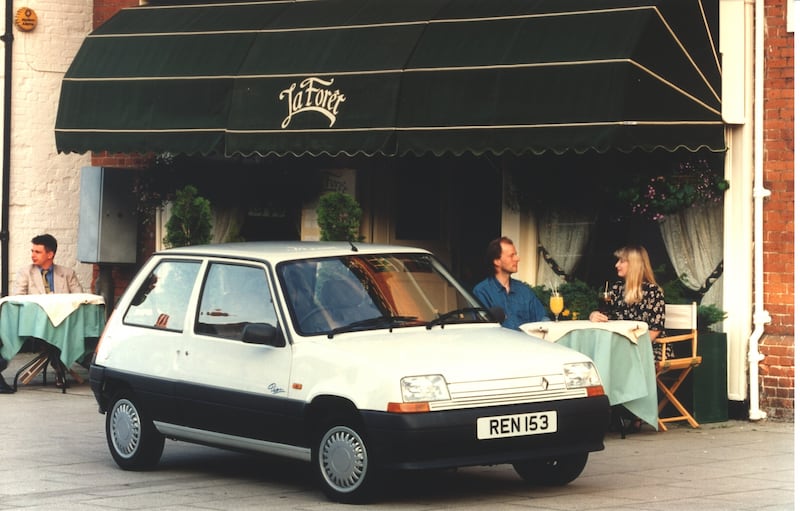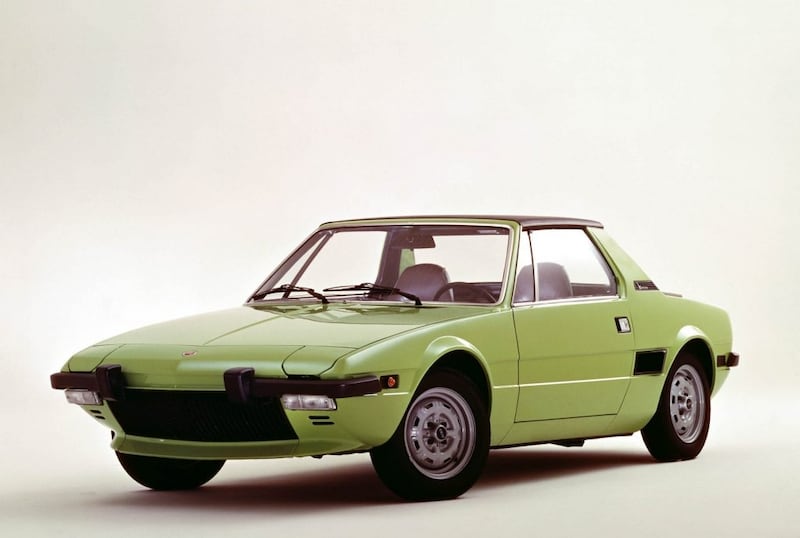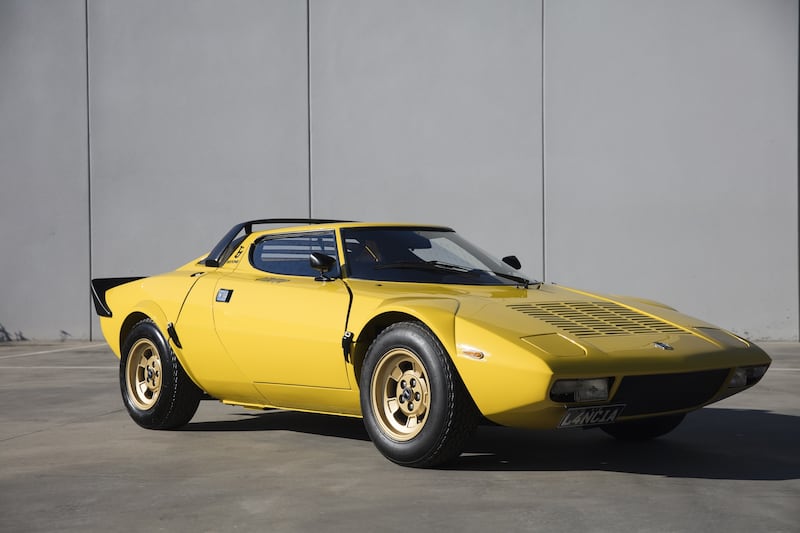Marcello Gandini, one of the car industry’s most important and influential designers, died last Wednesday at the age of 85.
His may not be a household name, but if you’ve even a vague interest in cars you’ll certainly be aware of the Lamborghini Countach, probably the most famous of his designs.
Its iconic wedge shape came to life from Gandini’s drawing board in 1974, a real-world manifestation of his stunning 1970 concept car, the impossibly low and space age Lancia Stratos HF Zero. By then he had already established the ‘supercar’ blueprint with the beautiful drama of the seminal Lamborghini Miura (1966).
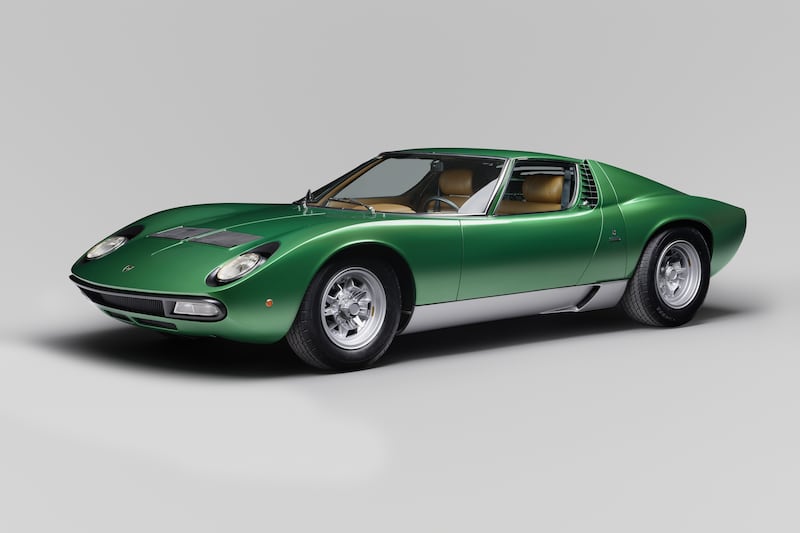
The son of a composer and orchestra conductor, Gandini grew up in Turin but the musical career he was expected to pursue was derailed by a box of Meccano he received for his fifth birthday.
Engineering and design became his destiny, with his career taking off at Carrozzeria Bertone, which he joined in 1965. In the late 1970s he went freelance.
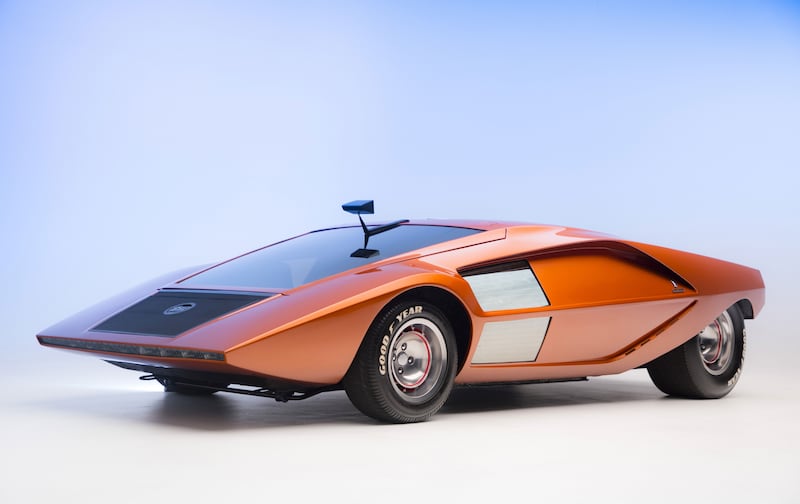
It wasn’t all supercars and Italian exotica, either (as well as Lamborghini and Lancia, Ferrari, Fiat, Maserati, De Tomaso, Iso and Alfa Romeo benefited from his pencil). Gandini’s affordable family cars were no less significant, while he also designed vans and trucks.
“It is easy to create a supercar: you have very few limits in terms of budget and fantasy,” he said.
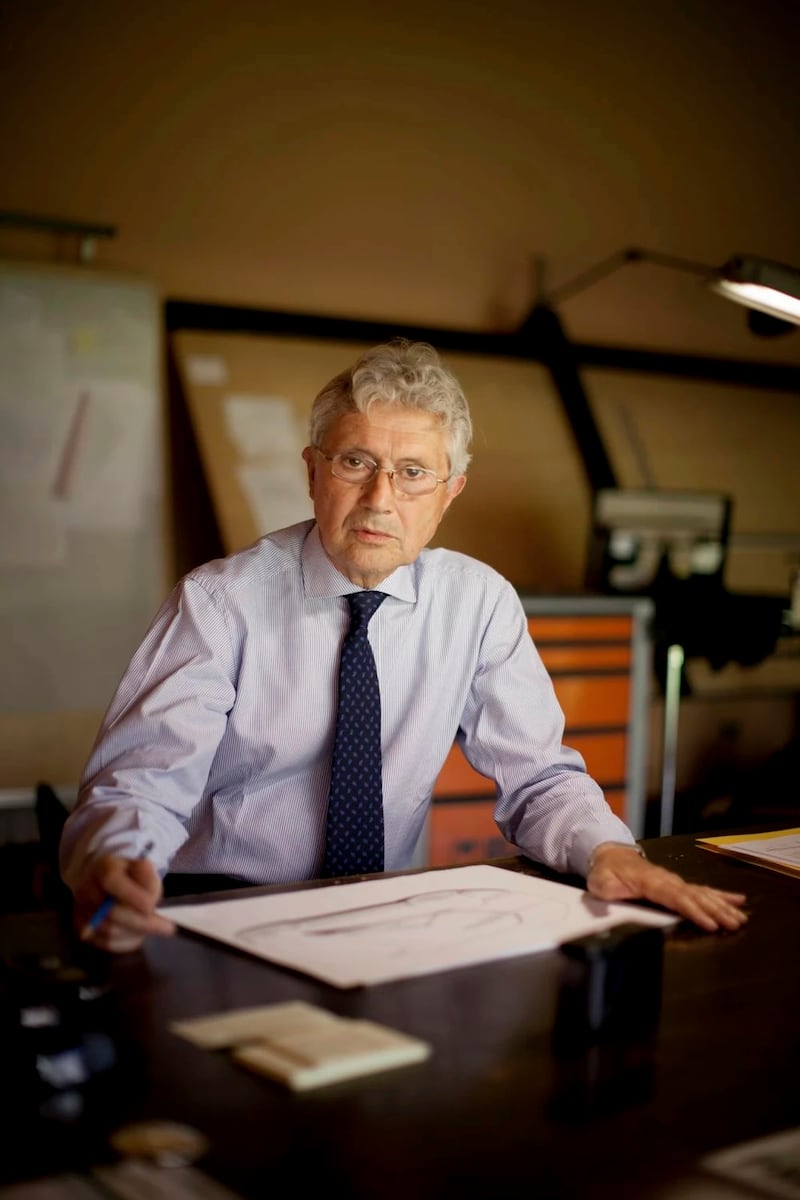
“It is much more difficult to create a normal production car, where budget, reliability and practicality are the fierce enemies against which a stylist has to fight.”
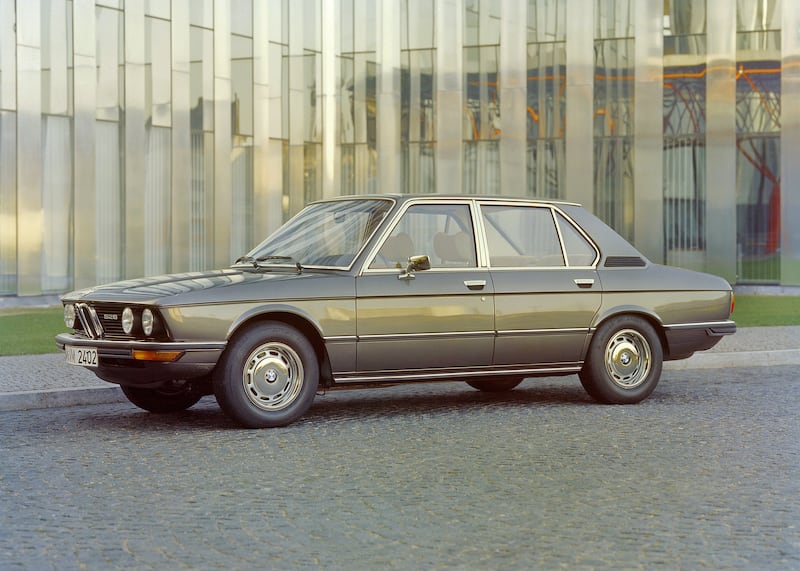
He was co-designer of the 1972 BMW 5-Series, a generation known as the E12, a tremendously important piece of work which not only set the template for the next 30 years of BMW design but also influenced how all other executive saloons ought to look. It is a testament to the essential rightness of that original 5 Series that the marque has long been unable to recapture its elegance and proportions, and seems to have now given up altogether.
The origami-creased Citroen BX, launched in 1982, was another Gandini creation. It was third time lucky for his take on a family car - Turkey’s Otosan and Volvo had rejected the concept by the time the French took it on - and it proved very successful, with 2.3 million examples sold over its 12-year production run.
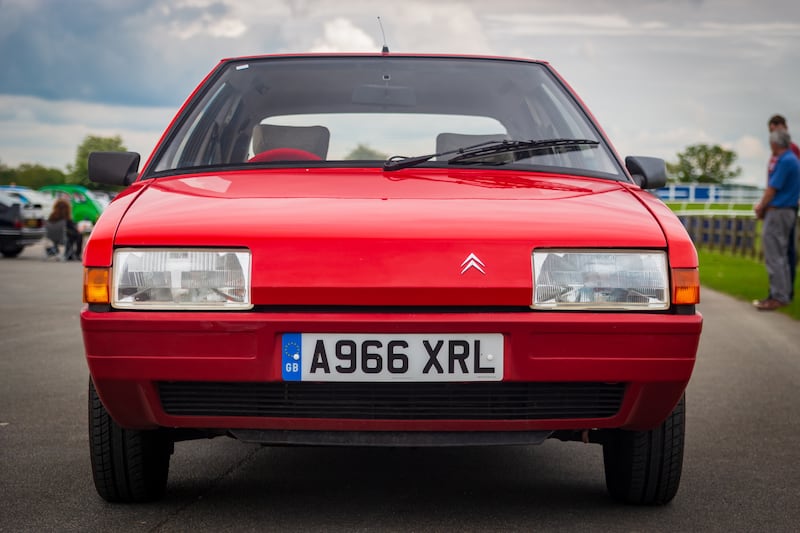
The BX’s mix of galvanised steel and plastic composites were cutting edge in the early 1980s but today it is common for cars to mix materials, whether to save weight or build strength in the right areas - another example of Gandini’s farsightedness.
More utilitarian was his 1984 redesign of the Renault 5, dubbed the Supercinq. It emphasised that whether it be humble city cars (he also designed the original Volkswagen Polo) or vastly expensive machines like the Lamborghinis with which he was synonymous (he did the Diablo too), Gandini was a true master - a maestro - of his craft.
